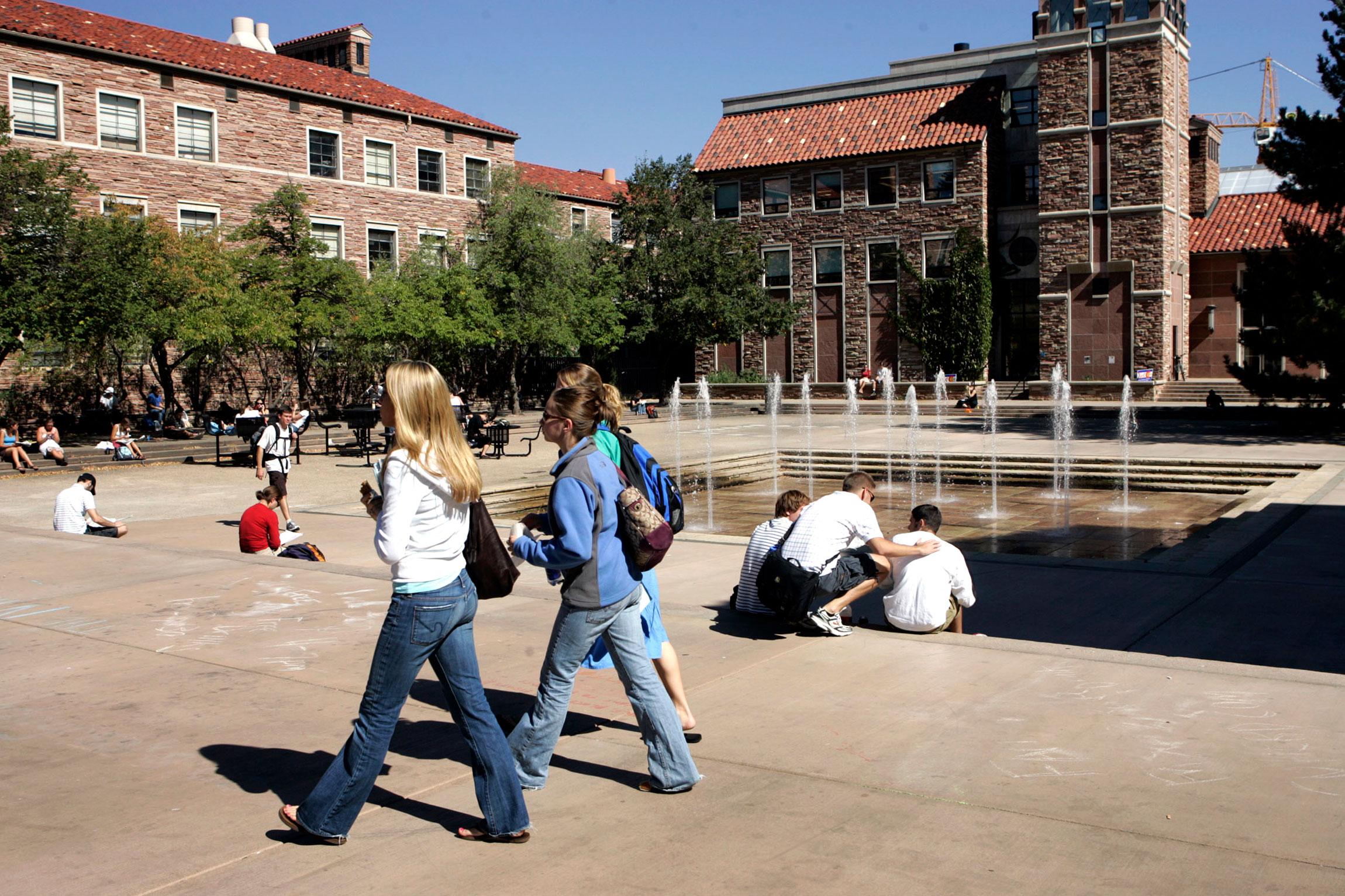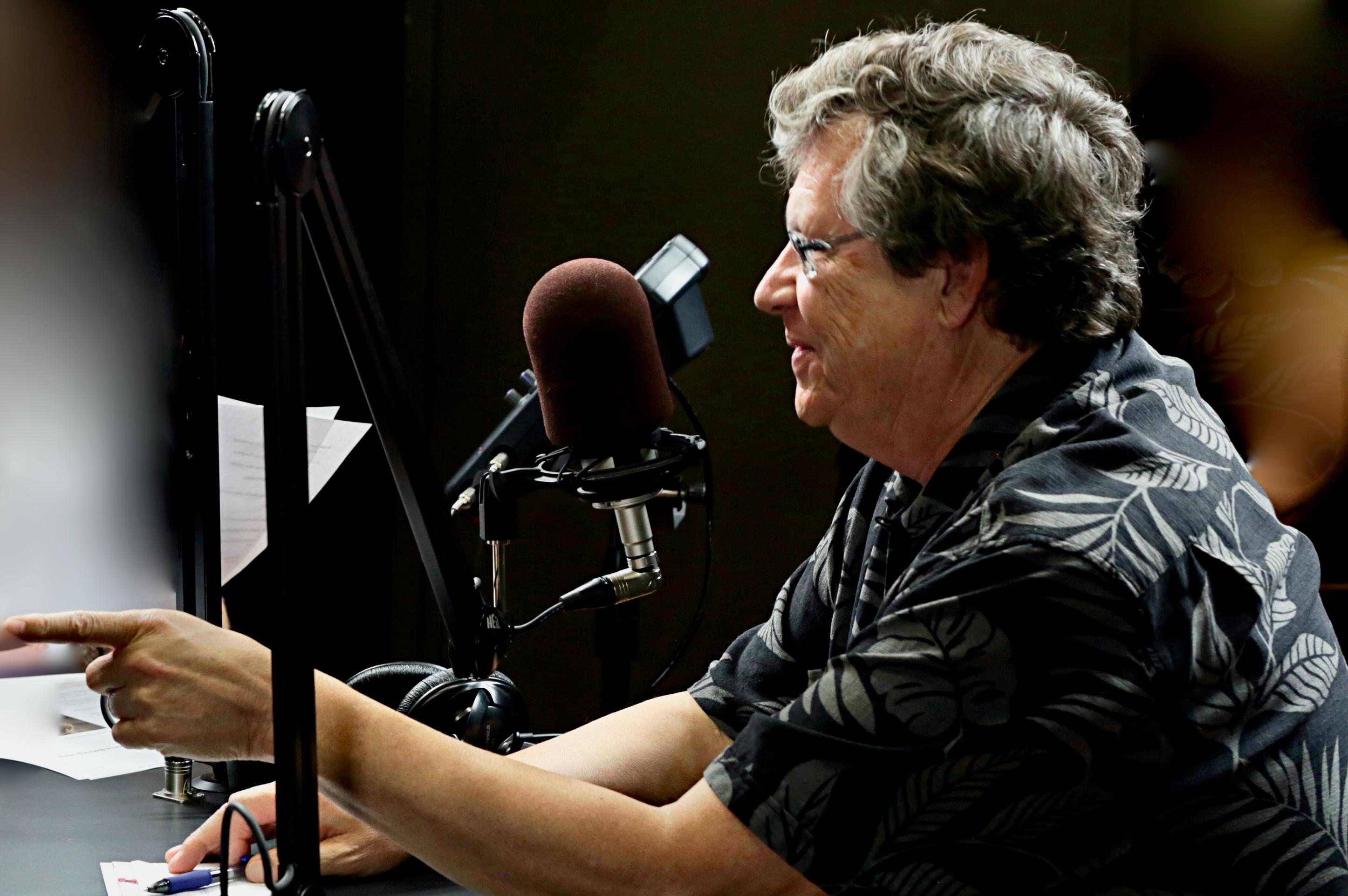

In 2000, Colorado taxpayers footed 68 percent of the costs of a college degree, with students chipping in about one-third.
Two decades and two recessions later, that ratio has nearly flipped as state funding has been cut and tuition has steadily risen to replace it. Even after a 9 percent boost to higher education funding was secured this legislative session, top state budget writers don’t expect tuition to drop any time soon.
The public’s ongoing disinvestment in higher education is not unique to Colorado. A State Higher Education Executive Officers analysis released this year found that, for the first time, more than half of states rely on student tuition and fees to fund the majority of the cost of public higher education.
But the trend is particularly stark. In 2017, Colorado was the fourth lowest in spending on higher education per student, and the fourth lowest per $1,000 of state income, according to the College Board. A Georgetown Public Policy Institute study expects by 2020, Colorado’s economy will require the second most educated workforce in the country, with 74 percent of jobs needing some post-high school training. But only 55 percent of Colorado adults have a degree or certificate today.
To close that gap, the Colorado Department of Higher Education created a master plan aimed at boosting that attainment rate to 66 percent by 2025. Kim Hunter Reed, the outgoing executive director, is confident the state will hit that target one way or another.
“The question is will they (employers) be able to find talent here,” Reed said. Because if not, she says, companies will simply recruit better educated workers from out of state.
Unless policymakers can find a way to contain the costs of tuition, she fears that’s exactly what will happen.
Following the Great Recession, tuition in Colorado jumped 44 percent, while the typical household’s income increased just 18 percent, according to state budget analysts. Meanwhile, state spending dropped 15 percent annually from 2008 to 2012, and has made only minimal gains since then.
Andy Carlson, the vice president of finance policy for the nonprofit State Higher Education Executive Officers says that’s a typical political response to a recession. When tuition goes up to make up for cuts in state support, “that kind of becomes the new normal,” he said. “You don’t see tuition going down, you just see a new level established.”
Before the 2001 recession, tuition covered 29 percent of the costs of higher education nationwide. Afterward, it rose to 36 percent before leveling off. After the Great Recession, it jumped to as high as 48 percent. In Colorado, tuition today covers 65 percent of college costs.
That’s resulted in record levels of student debt at a time of stagnant wages and rising income inequality. But politically, higher education continues to take a back seat to other public services.
“Higher education is the most discretionary item in the budget,” Scott Wasserman said, president of the Bell Policy Center, a left-leaning think tank based in Denver. “There’s really nobody advocating for it in the way that interest groups are advocating for transportation, education and PERA (the state employee pension).”
Lawmakers on both sides of the aisle say they want to increase funding to higher education, but there’s simply not money in the budget. Tax hikes are a nonstarter. The state has strict constitutional limits on spending through TABOR, and voters have consistently rejected attempts to raise taxes for more popular services, such as K-12 schools and roads.
Meanwhile, state legislative economists expect another recession to hit within the next few years.
“I do think this is all coming to a head,” Wasserman said. “We are all walking down a shrinking hallway, and at some point the cuts are going to be so great that we need to do something drastic. And I think that’s coming in the next four years.”
Absent more funding, policymakers have looked at other ways to at least limit costs for students. The department wants to increase access to two-year programs and vocational training, and boost concurrent enrollment, which allows high school students to complete college credits at a lower cost. Lawmakers passed a bill in 2018 requiring the department to provide students information on their return on investment for various degrees, a tool aimed at steering students toward higher paying jobs that will allow them to pay off their student loans.
Nationally, Carlson said, “there certainly seems to be more appetite to try to reverse course a little bit.” Washington state, for instance, recently cut tuition costs by up to 20 percent, after raising student costs steeply during the recession.
Colorado’s $82 million increase in 2018 will help. But tuition costs are still expected to grow by 3.7 percent at the University of Colorado Boulder and 3 percent at Colorado State University.
“I hope it’s a matter of time before the tide turns,” Rep. Millie Hamner said, a Democrat from Dillon who chairs the Joint Budget Committee. “But I don’t see that happening given our current budget constraints.”









